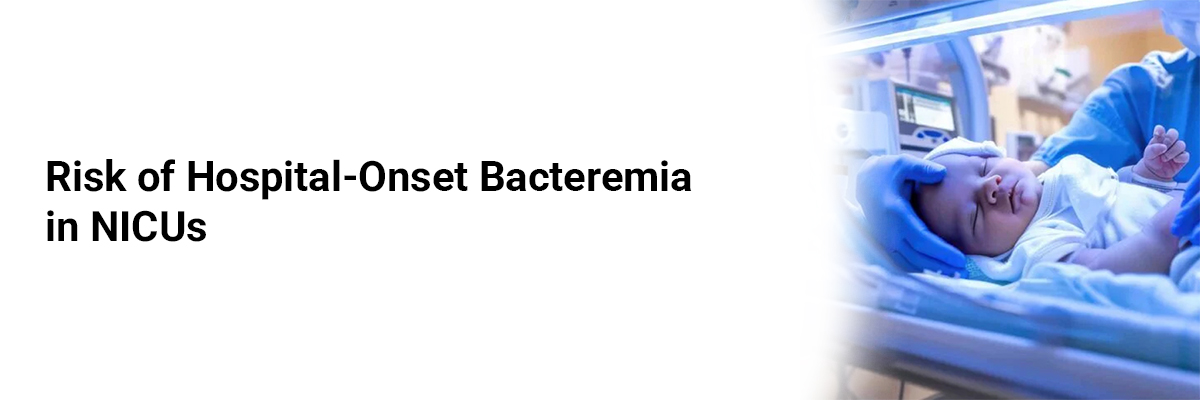
Risk of Hospital-Onset Bacteremia in NICUs
Low-birth-weight infants weighing ≤ 750 g are at a higher risk of hospital-onset bacteremia in the neonatal intensive care unit (NICU) initially but their relative rate significantly decreases over time specifically after day 42. On the other hand, infants born with birth weight of >2500 g have a lower initial risk of hospital-onset bacteremia, but the relative rate increases over time, particularly after day 42. Of note, hospital-onset bacteremia occurred even in the absence of central lines. These findings from a recent study were published online on June 24, 2024 in JAMA Pediatrics.1
This multicenter, retrospective cohort analysis and simulated trial, which ran from 2016 to 2021, consisted of a convenience sample of 322 NICUs in the US. A total of 451,443 infants admitted for ≥4 days to the participating NICUs were included as the study subjects. More than half were male (55.6%). Nearly 14% had a birth weight of 1500 g or less. The study objectives were three-fold. One, to estimate the rate of hospital-onset bacteremia among neonates admitted to the NICU; second, to measure the association of risk of hospital-onset bacteremia with birth weight and postnatal age and lastly to estimate the mortality due to hospital-onset bacteremia.
The number of hospital-onset bacteremia events recorded was 9015 among 8356 infants (2%). These events occurred over a total of 8,163,432 days at risk, yielding an unadjusted incidence rate of 1.1 per 1000 patient-days. Of these, 4888 events (54.2%) occurred without a central line in place.
Within the first 2 weeks after birth, the hospital-onset bacteremia rate was significantly higher among infants with lower birth weights. The rate ranged from 14.2 per 1000 patient-days for infants weighing ≤750 g to 0.4 events per 1000 patient-days for infants weighing >2500 g.
The relative risk of hospital-onset bacteremia decreased significantly by 90% after day 42 compared to days 4 to 14 among newborns weighing 750 g or less with incidence rate ratio [IRR] of 0.10. On the other hand, the relative risk of hospital-onset bacteremia rose by 50% after day 42 in newborns weighing more than 2500 g as opposed to days 4 to 14 (IRR 1.5). Newborns with hospital-onset bacteremia had a higher mortality rate compared to those without hospital-onset bacteremia. The absolute difference in attributable mortality was 5.5% between the two groups.
The studys findings underscore the critical association between hospital-onset bacteremia events in the NICU and increased infant mortality and the notable occurrence of hospital-onset bacteremia even in the absence of central lines. The analysis highlights birth weight as a significant risk factor for hospital-onset bacteremia; however, the relative rate rises in infants weighing more than 2500 g and falls in low-birth-weight infants over the postnatal period. This underscores the critical need for identifying and implementing effective prevention and management strategies for hospital-onset bacteremia to lower infant mortality in the NICU setting.
1. Source: Prochaska EC, et al; CDC Prevention Epicenters Program. Hospital-Onset Bacteremia Among Neonatal Intensive Care Unit Patients. JAMA Pediatr. 2024 Jun 24:e241840. doi: 10.1001/jamapediatrics.2024.184.













Please login to comment on this article